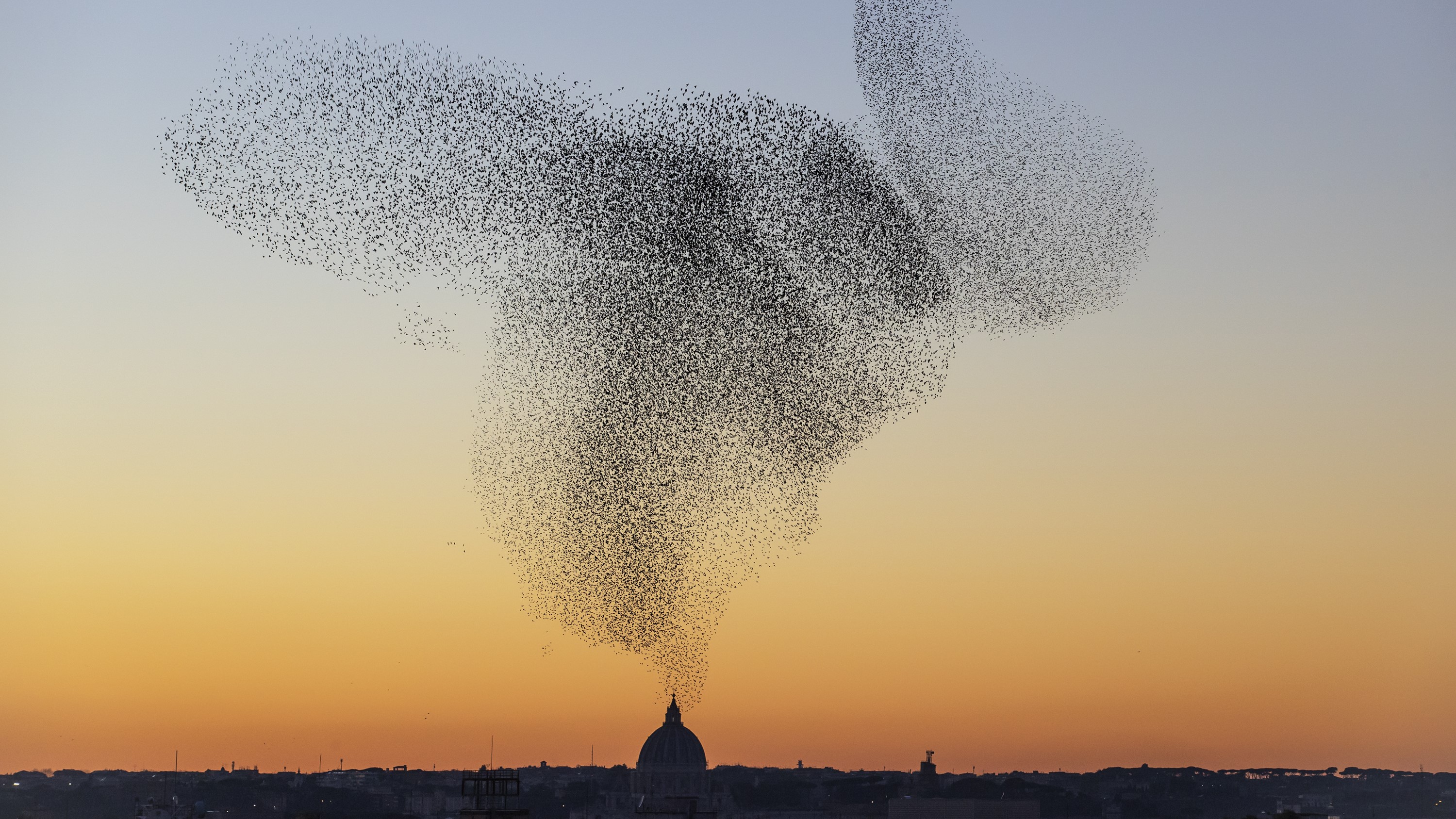Watch thousands of starlings perform an 'incredible ballet of life and death' in new murmuration footage
Over the past six years, Danish photographer Søren Solkær has followed huge flocks of starlings, known as murmurations, across Europe to film and photograph their breathtaking aerial acrobatics.
Breathtaking new stills and footage capture the beauty and acrobatic skills of tens of thousands of starlings as they swarm and sweep across dusk skies in Europe. The mesmerizing shots were taken by Danish photographer Søren Solkær, who has followed the majestic birds for six years across Europe.
Starlings (Sturnus vulgaris) flock to form what are known as murmurations, named after the noise their thousands of flapping wings make during these events. Starling murmurations can contain more than a million birds, all swooping in unison to create evocative shapes in the sky.
In his ninth photographic monograph, titled "Starling" (Edition Circle, 2023), Solkær showcases this "incredible ballet" in a series of images taken during and after sunsets in Europe. "Starling" is Solkær's second published exploration of murmurations after "Black Sun" released in 2021. (A starling murmuration is known as "black sun" in Danish.) In addition to photographs of starling-filled skies, the new book features close-up images of starling feathers under light and electron microscopy.
"The graphic and organic shapes of the starling murmurations range from meditative to highly dramatic as they perform their incredible ballet of life and death," Solkær said in a statement shared with Live Science.
Starlings are migratory birds that sport black feathers with a purply-green sheen and speckled with white in the winter. Come autumn, they leave their breeding grounds in Northern Europe and fly to milder regions around the Mediterranean and as far as the Middle East.
Related: Stunning footage captures tiny bird's fight for survival in massive Saharan sandstorm
Starling murmurations remain somewhat mysterious to science, but research has begun to untangle these complex collective displays. A 2017 study found that starlings often gathered in swarms when predatory birds, such as sparrowhawks (Accipiter nisus), were nearby. The presence of predators triggered larger murmurations that lasted for longer, indicating that the flocking behavior may have evolved as a defense strategy, according to the study.
Get the world’s most fascinating discoveries delivered straight to your inbox.


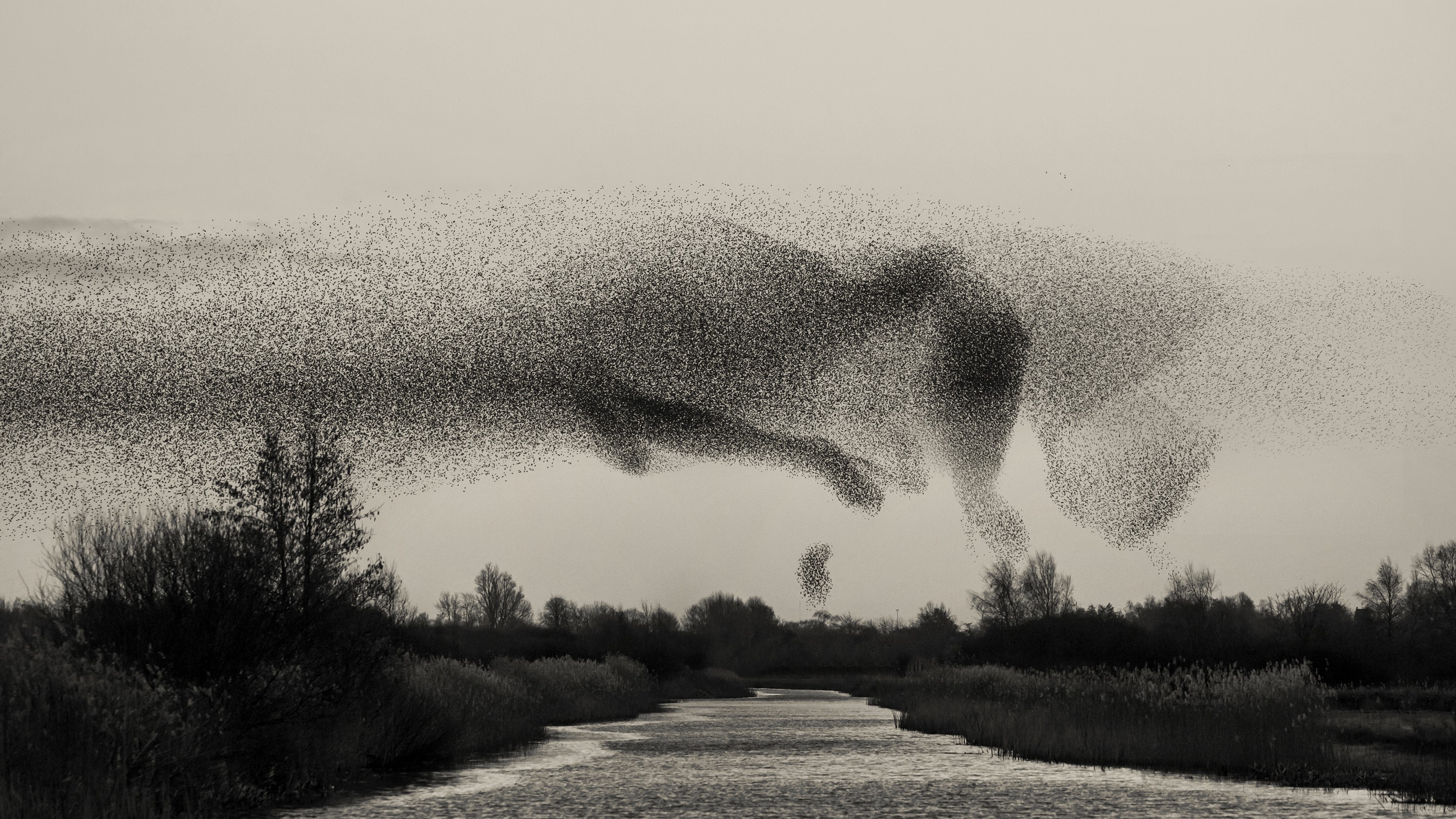
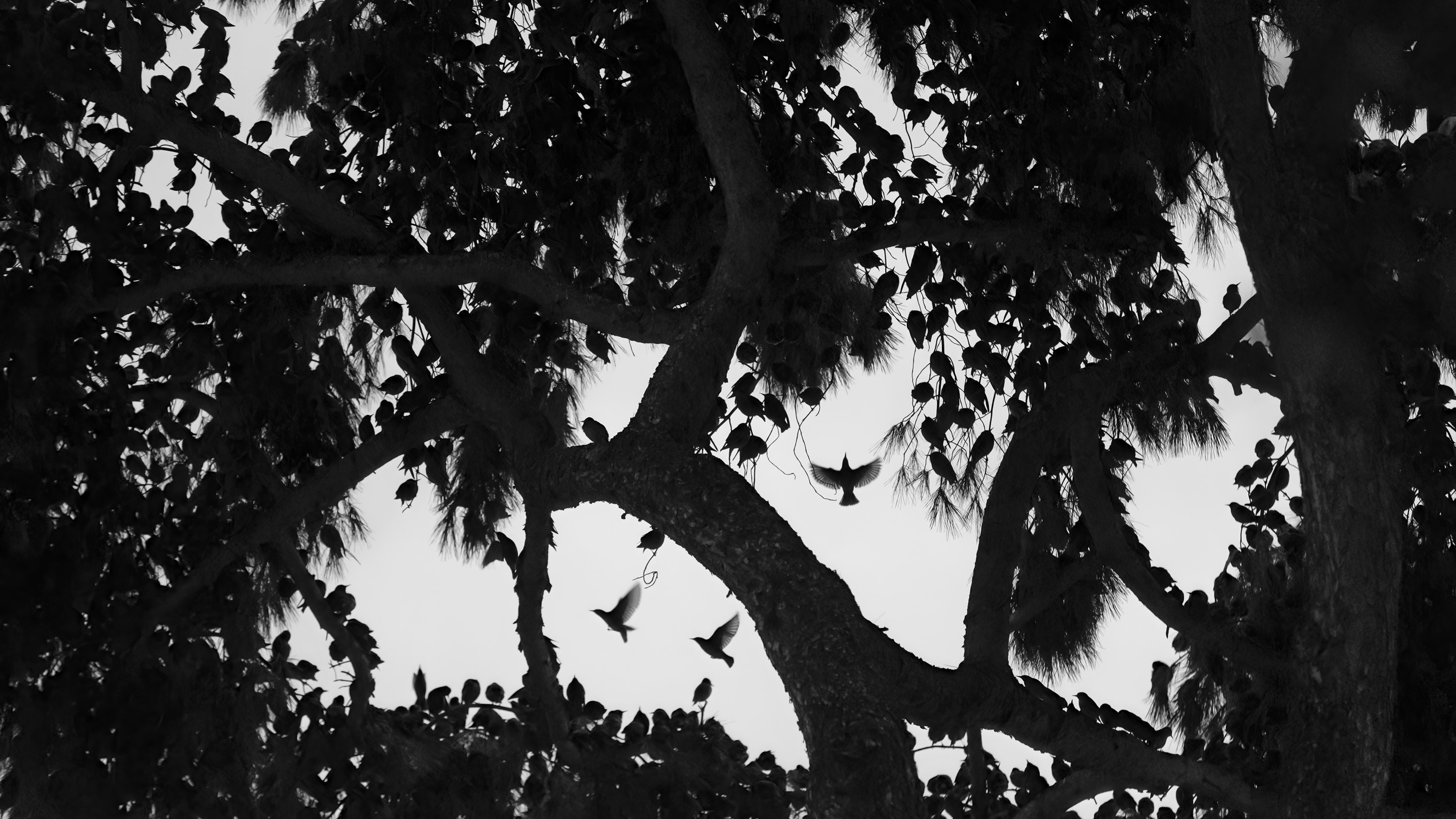
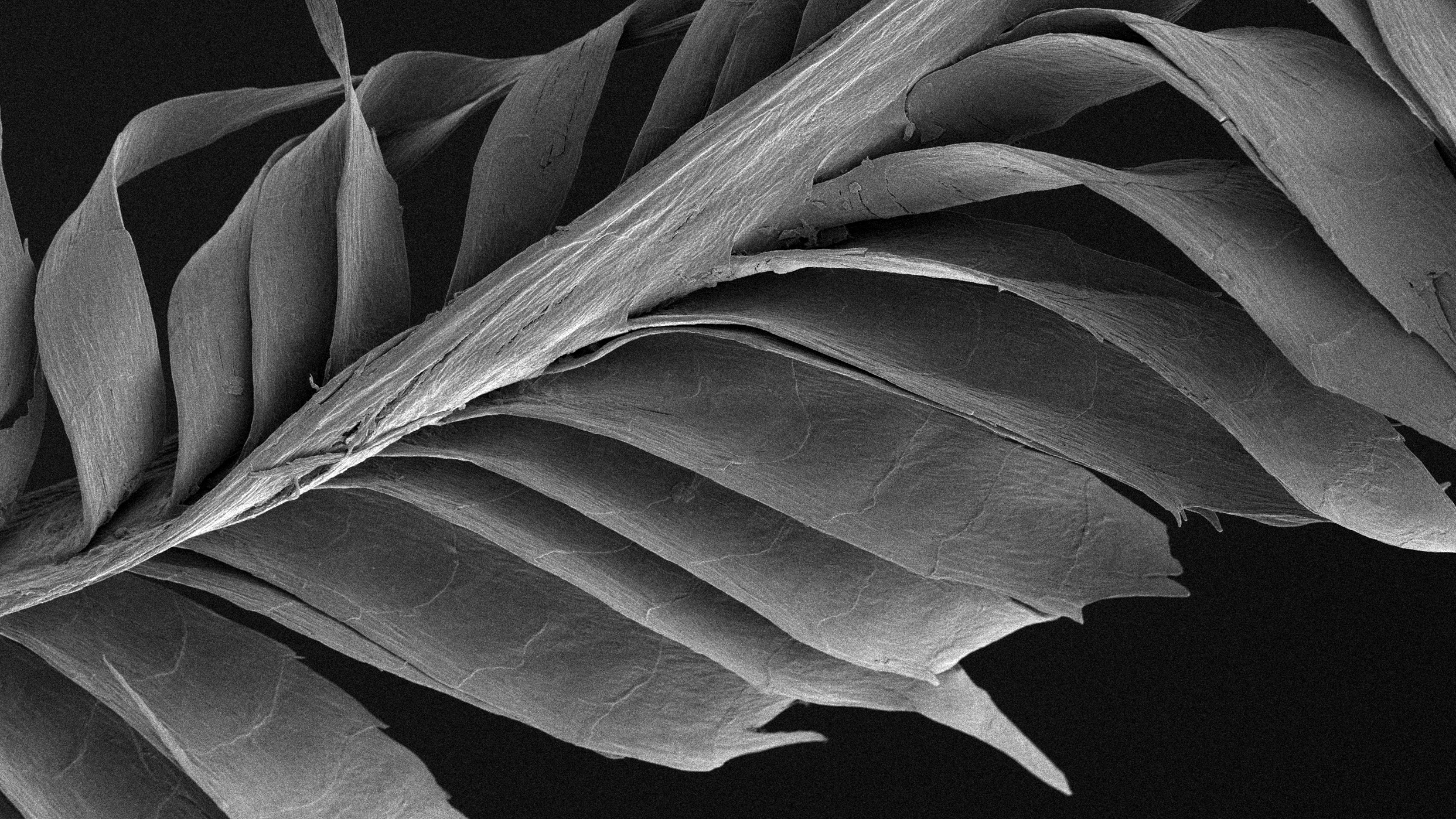
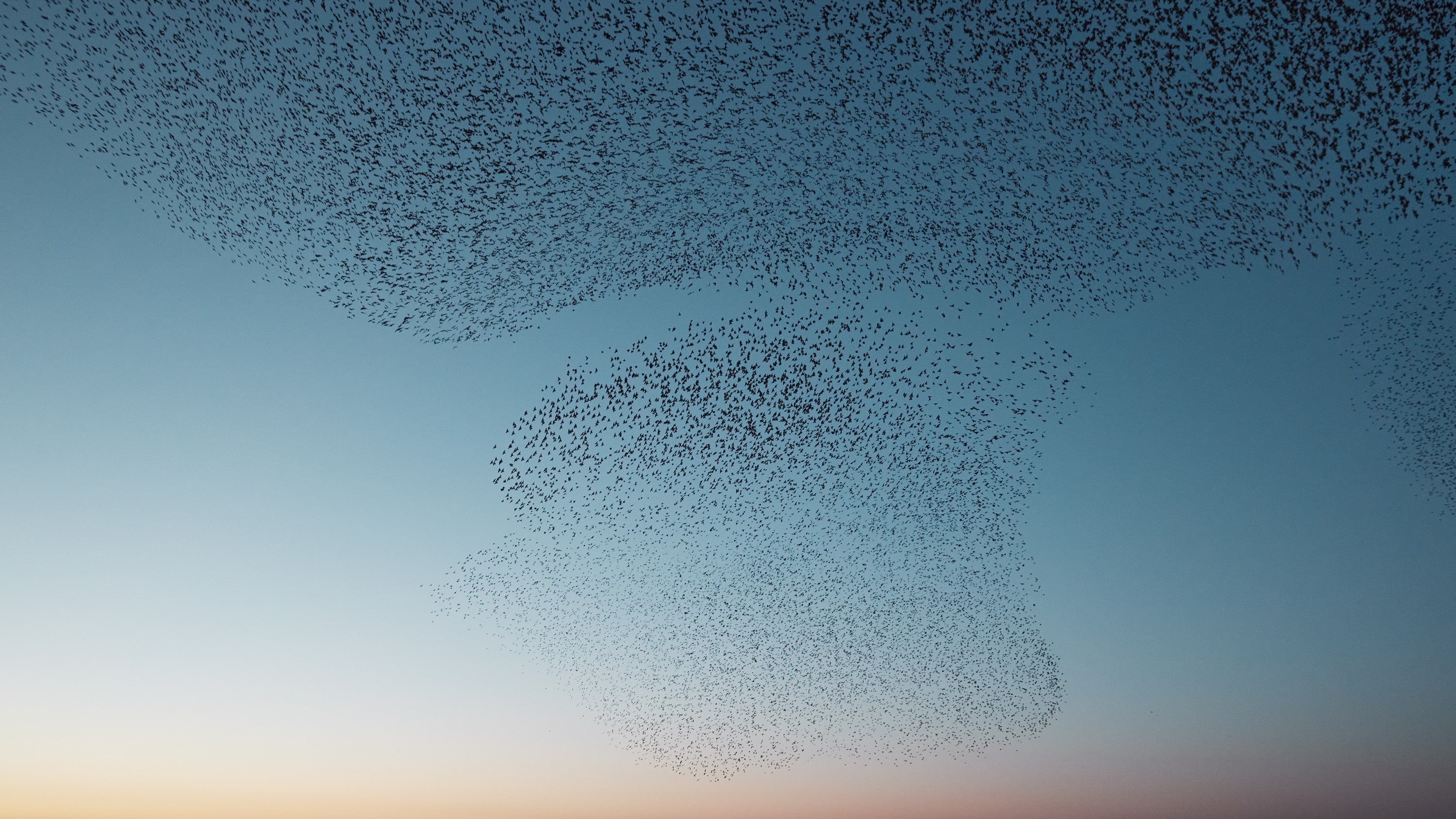


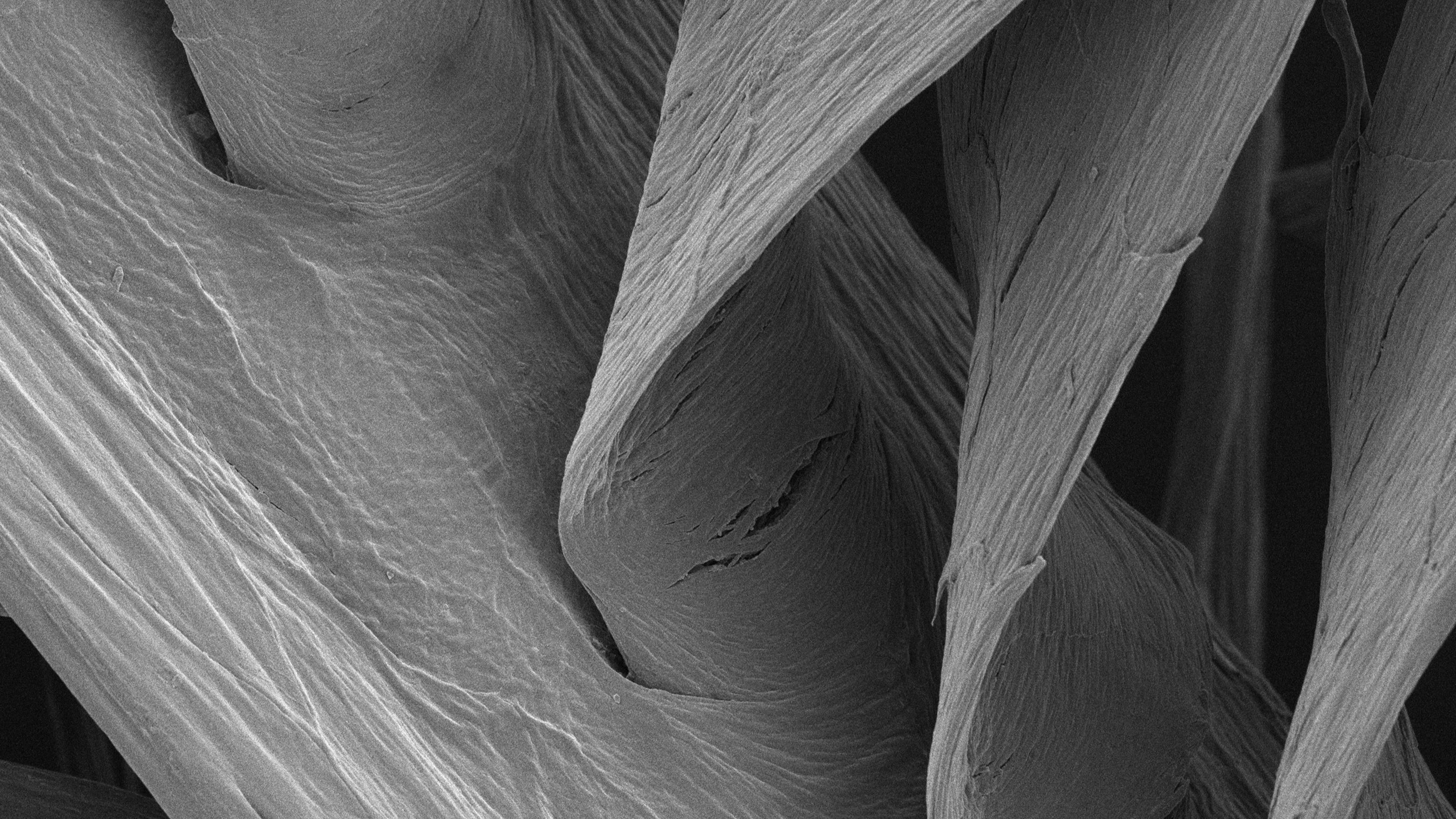
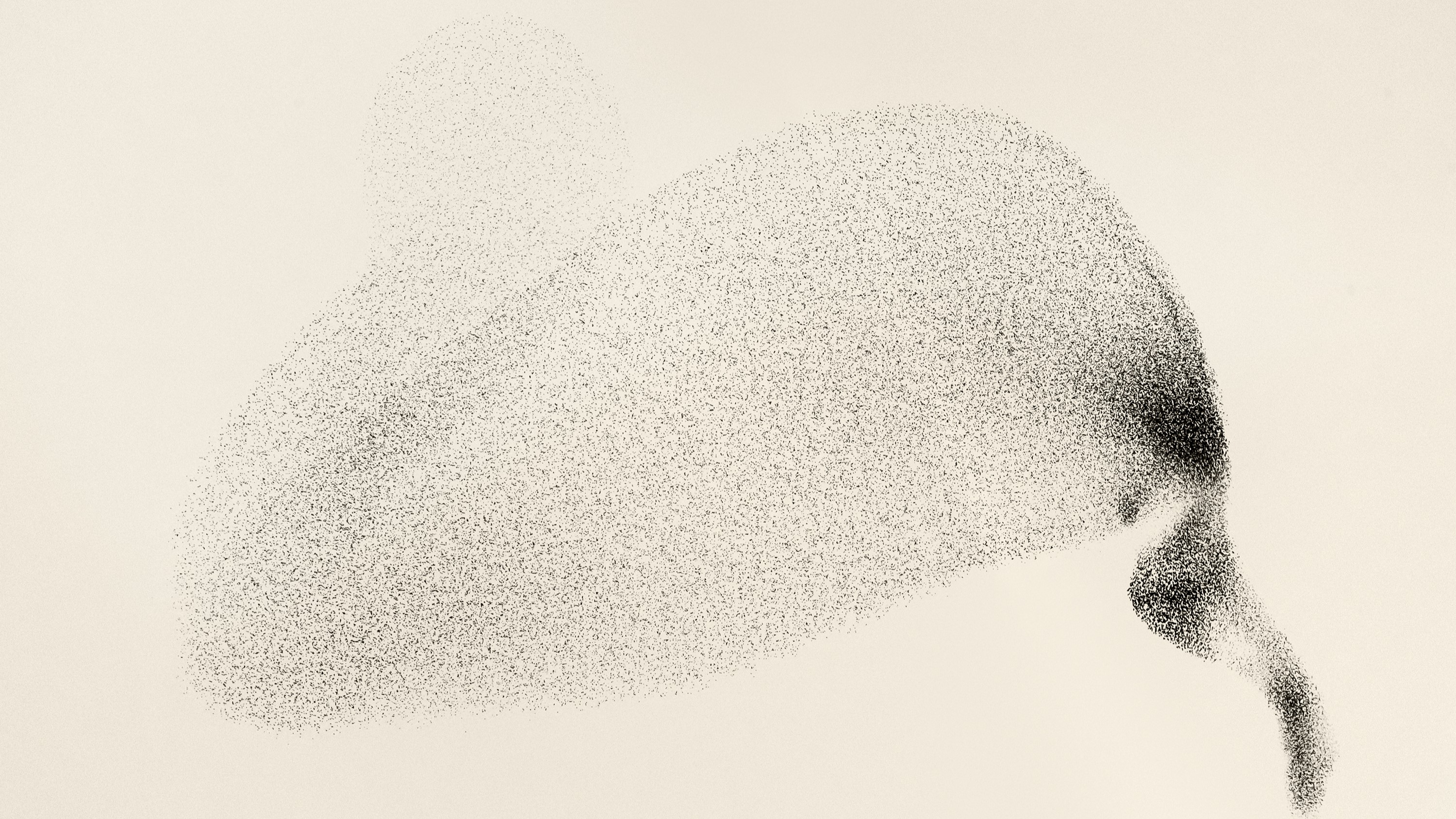
Murmurations create shifting patterns in the sky, as the starlings weave their way among neighbors. Each starling matches its trajectory to that of the birds flying around it and follows suit when a companion changes its speed or direction. These adjustments ripple through the flock, giving rise to the sweeping motions and shapes of a murmuration.
"A strong visual expression is created — like that of an ink drawing or a calligraphic brush stroke — asserting itself against the sky," Solkær said. "Shapes and black lines of condensation form within the swarm, resembling waves of interference and mathematical abstractions written across the horizon."
Solkær became fascinated with these displays as a child growing up near the Wadden Sea in southern Denmark, where starling murmurations were common. He began photographing these natural spectacles in 2017 and has traveled across Europe to follow the birds' migrations.
"Starling" will be released on Dec. 26. Solkær's breathtaking images are also on display at the National Nordic Museum in Seattle until March 10, 2024.

Sascha is a U.K.-based staff writer at Live Science. She holds a bachelor’s degree in biology from the University of Southampton in England and a master’s degree in science communication from Imperial College London. Her work has appeared in The Guardian and the health website Zoe. Besides writing, she enjoys playing tennis, bread-making and browsing second-hand shops for hidden gems.


